/conservatory/undergraduate/wig-and-makeup-design-and-technology/PublishingImages/Comedy Arts Showcase - Behind The Scenes WHaM-10.jpg
RandomStandardImageHeaderWH1
The Theatre School’s Bachelor of Fine Arts (BFA) degree in Wig and Makeup Design & Technology gives students the opportunity to explore and expand their artistic and visual expression while providing practical experience. Modeled after a professional Wig and Makeup Artist’s process, the program provides training in wig construction and styling, makeup design and application, styling of actors’ hair, and creation of makeup prosthetics. The program allows students to collaborate with actors, directors, designers, technicians, and our professional makeup shop staff. The skills learned in the BFA Wig and Makeup Design & Technology program will prepare students for careers in theatre, film, and other entertainment industries.
Request InformationVisitApply Online
Scholarship
Graduates from the BFA Wig and Makeup Design & Technology program succeed in careers across the entertainment industry including regional theatre, touring productions, opera, film & television, concerts, theme parks and special events. Places where some of our alumni are employed include Universal Epic Universe, Santa Fe Opera, American Players Theatre, Crossroads Live Entertainment and more!
BFA Wig and Makeup Design & Technology Curriculum
The first year curriculum is taken in collaboration with students in other areas of theatrical design and technology and is an immersion into the culture of production and design. Students explore common themes and approaches to thinking metaphorically and abstractly with an appreciation of design as an aesthetic distinct from the other arts, and awareness of design considerations as manifested in theatrical productions. Students begin drawing training and their first year-long course in Wig and Makeup Design & Technology. Students complete three production crew assignments which will usually include one or two assignments in their area of study.
Second year students further their training with the year-long sequence of Wig and Makeup Design & Technology II coursework. Coursework in this series includes realizing a full wig build, styling and application, studying background and chorus wig, hair and makup, design and application using models. Students will take an introductory course in costume design as well as a two-course series in the history of costume, hair, and makeup. Students continue their drawing progression with rendering courses. They will also begin their prosthetic and SFX makeup training this year. Students work on main stage productions in various positions such as technical, assistant design and run crew.
In the third year, students take the Wig and Makeup Design & Technology III series, which includes advanced training in wig and facial hair production and maintenance. Advanced training in the styling and manipulation of diverse hair types is included in both class and production work. Topics courses may include costume crafts or millinery. Digital Previsualization for the Wig, Hair and Makeup Artist and Monster Making with Animatronics are advanced courses taken this year as well. Students work collaboratively with their peers to propose and justify design concepts and further develop their drawing and rendering ability, and technical skills. Students work closely with the production team, Wig and Makeup Shop, and Costume Shop while designing and holding leadership roles.
In their fourth year, students continue their advanced training preparing them for the exciting industry that they are about to step into. Students explore other areas of theatrical design and technology through electives. Production work continues as students design and hold leadership roles on productions in our production season. Additionally, students will continue to develop their professional portfolio, resume and website while in the final year of the program.
At the end of each year, The Theatre School hosts a Graduate Showcase event to showcase the work of our graduating design and technology students. Under the guidance of the faculty, graduating students prepare a showcase exhibit of their portfolio – which is presented in Chicago for artistic directors, alumni, and other members of the theatre, film, and television industries.
Liberal Studies
In addition to the major's requirements, students complete 52 quarterly credit hours (13 courses) in the university’s Liberal Studies Program. Courses are taken in theatre history, writing, quantitative reasoning and technological literacy, philosophical inquiry, religious dimensions, scientific inquiry, understanding the past, multiculturalism in the United States, and electives. These liberal studies courses are scheduled during the first three years of the program.
Featured Faculty
 Erin Kennedy Lunsford | Head of Wig and Makeup Design & Technology
Erin Kennedy Lunsford | Head of Wig and Makeup Design & Technology
Students learn from a distinguished award-winning faculty of professional designers and artists, both in the classroom and through individual guidance and advising during production work. Students receive formal and informal feedback from faculty through portfolio presentations and exhibits of their work each year.
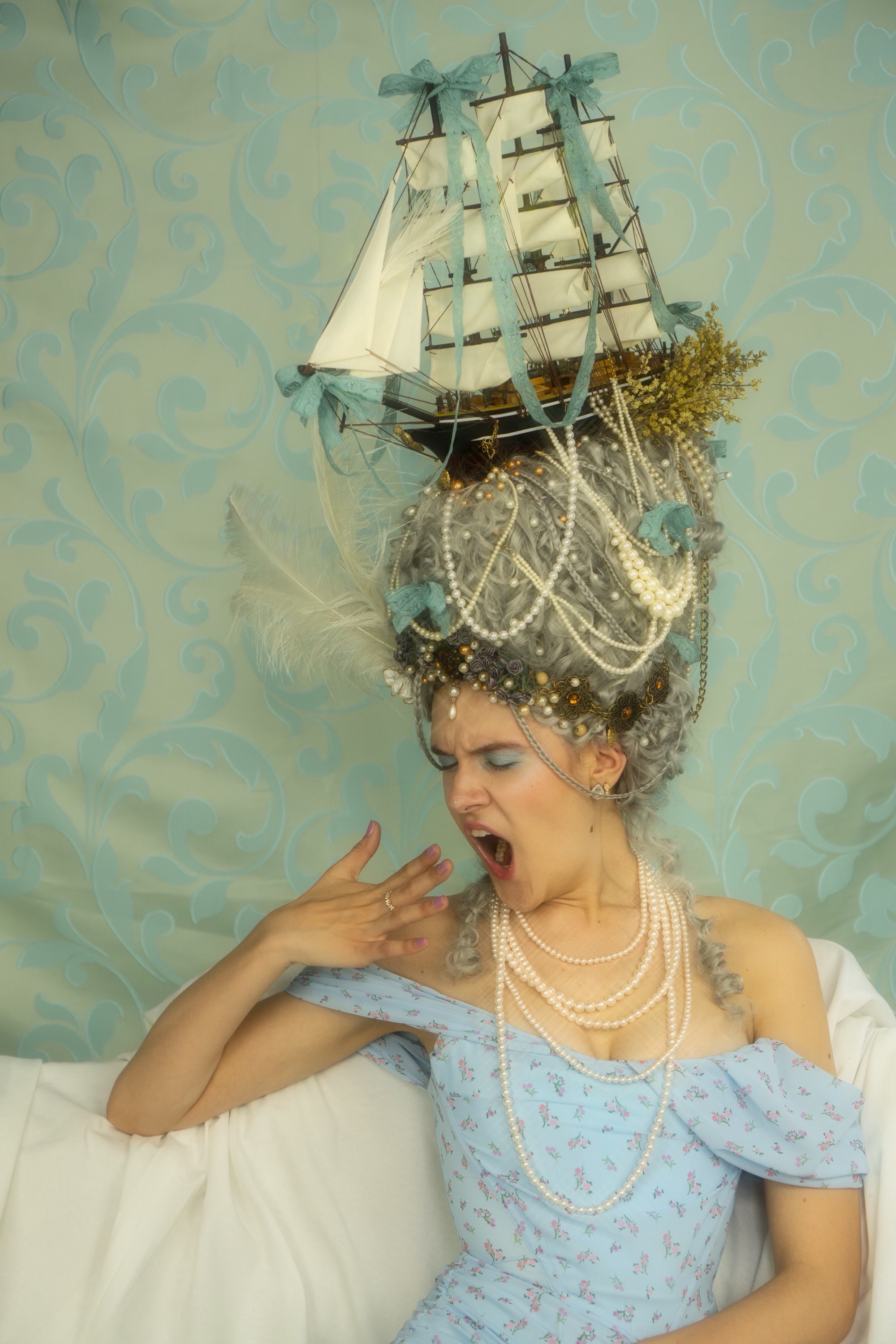
Wig designer/technician: Brett Rose, Model: Georgia Berg, Photo by Danny Fender and Adam Crawford
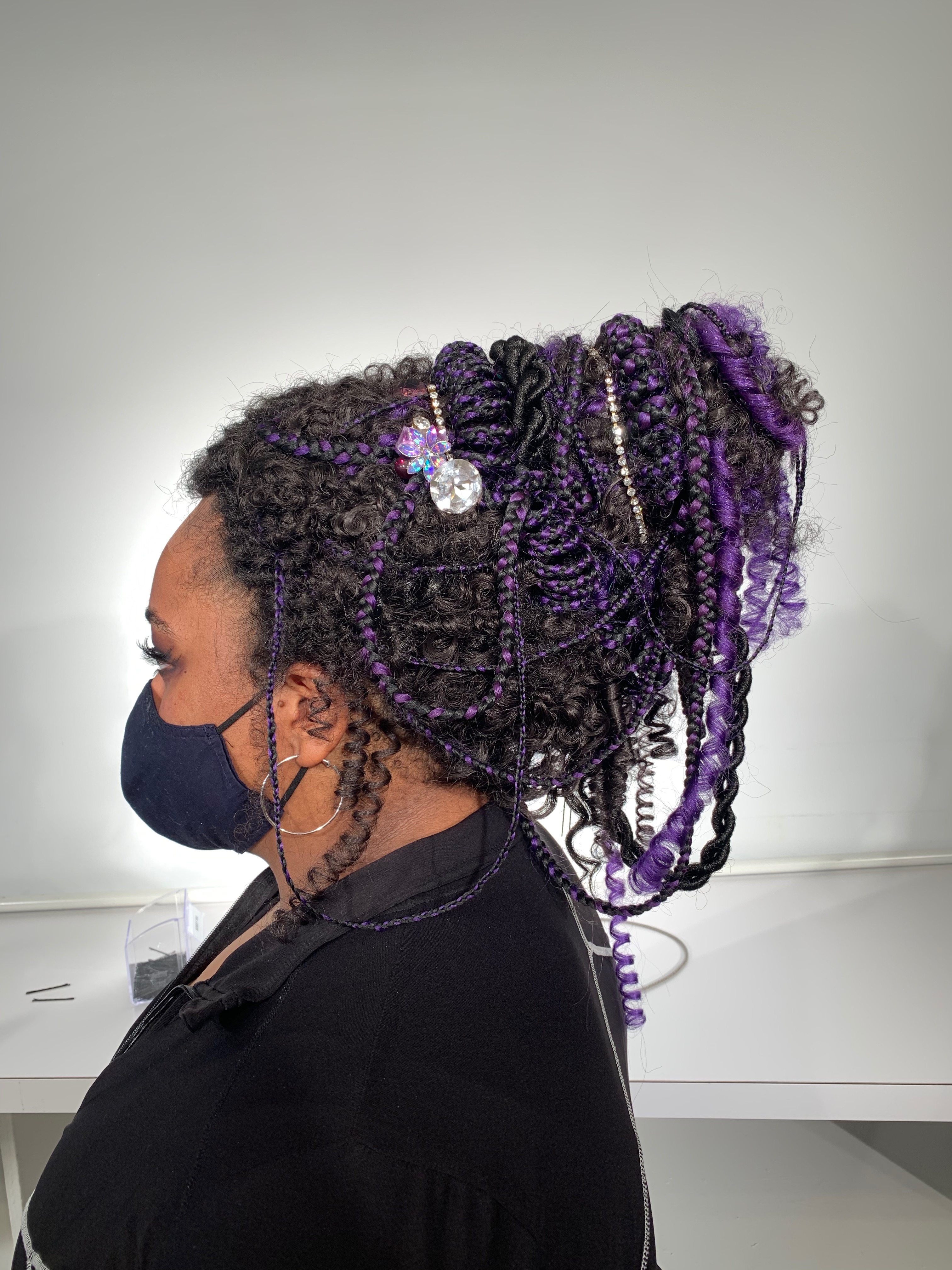
Wig Designer/Technician: Mia Thomas, Model: Tori Thompson
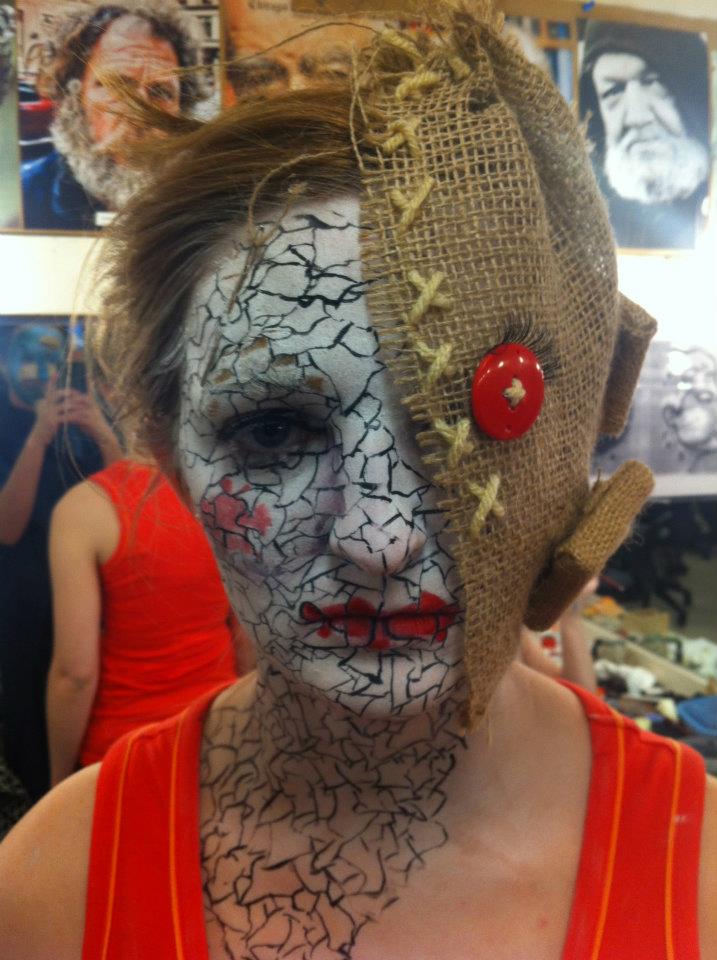
Broken Sack Doll Makeup designed, applied, and modeled by Catherine Young
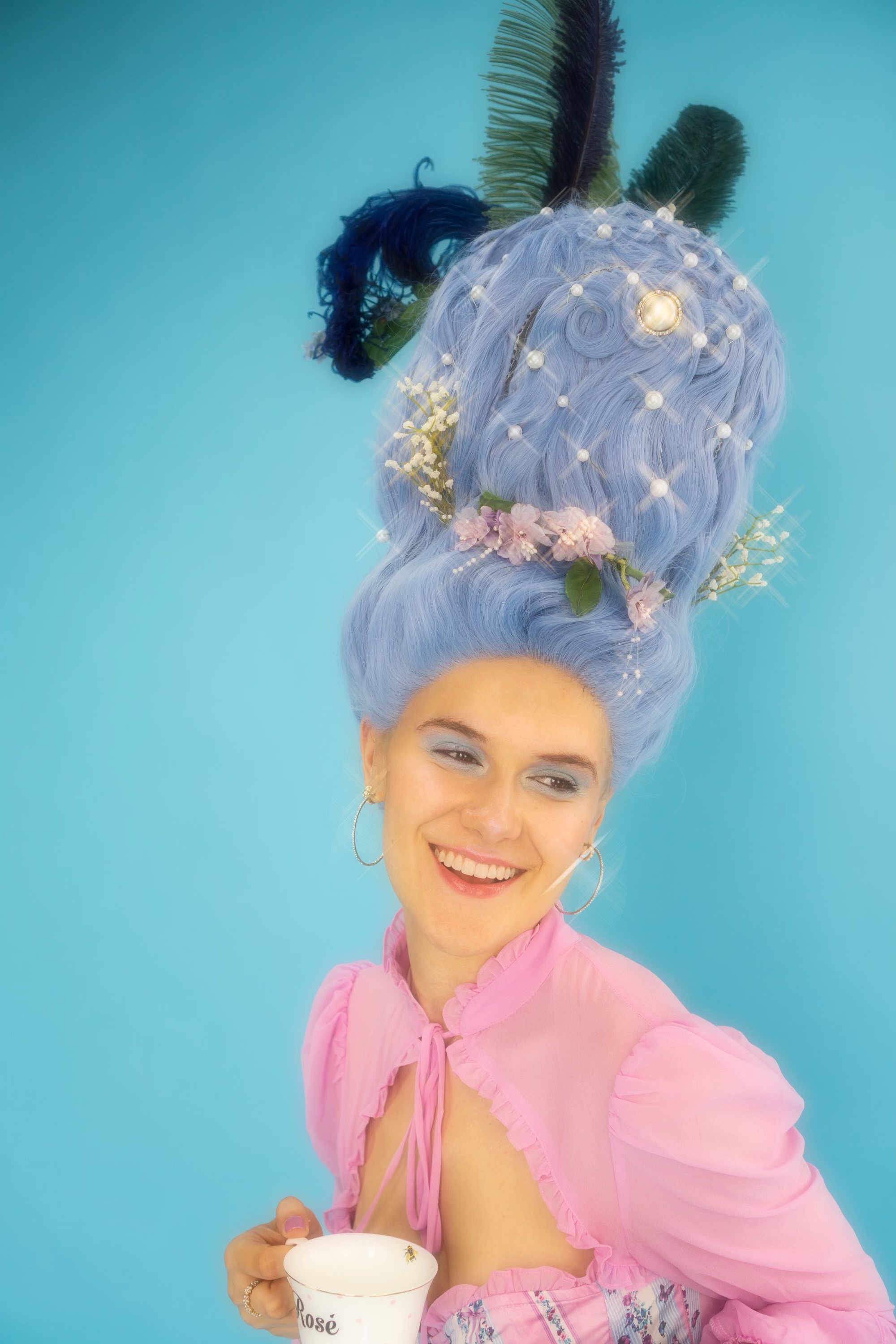
Wig designer/technician: Meg Gottschalk, Model: Georgia Berg, Photo by Danny Fender and Adam Crawford
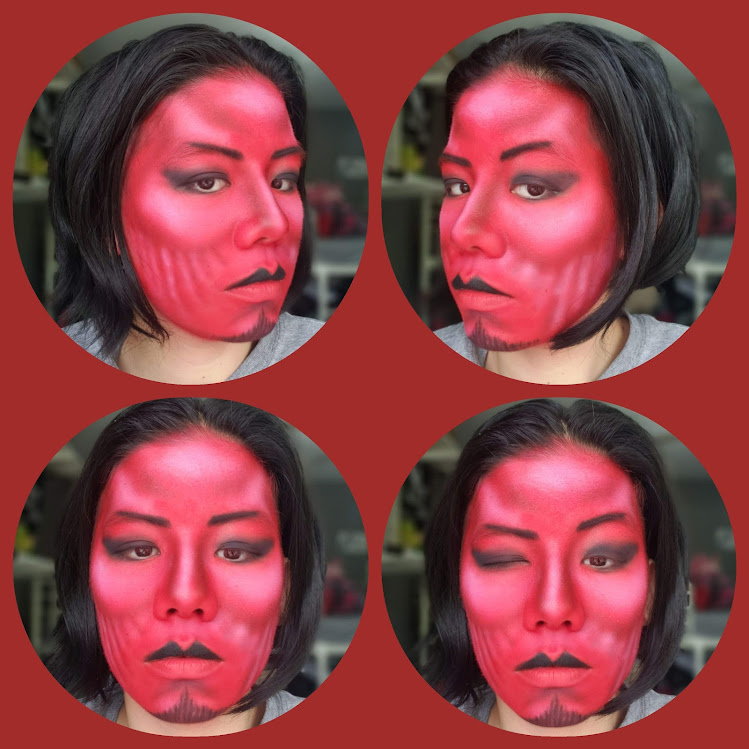
Makeup Designer, Airbrush Artist, & Model: Lily Boyle
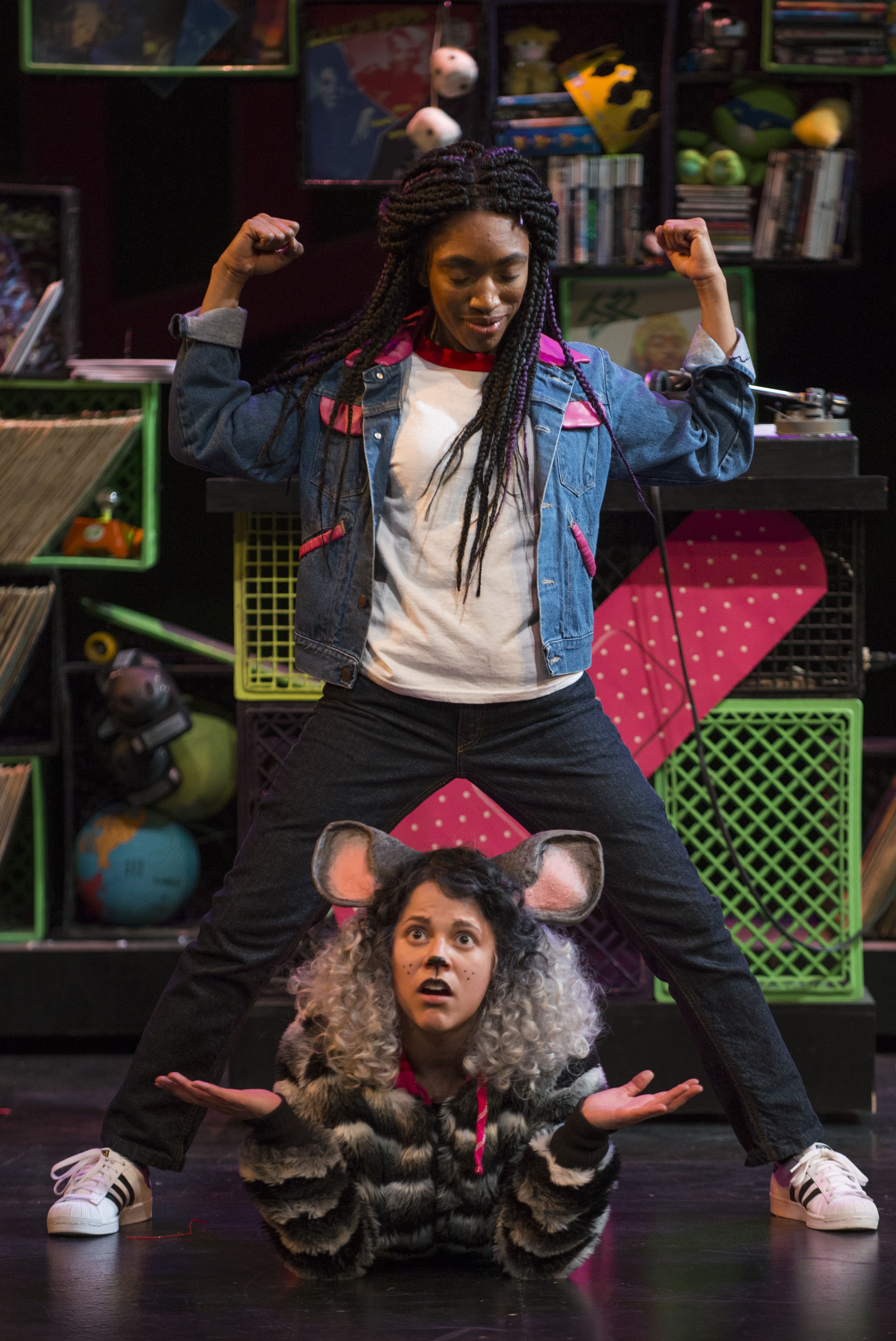
"Cinderella: The Remix", Box Braid Wig Technician: Emma Colbaugh, Photo Credit: Michael Brosilow
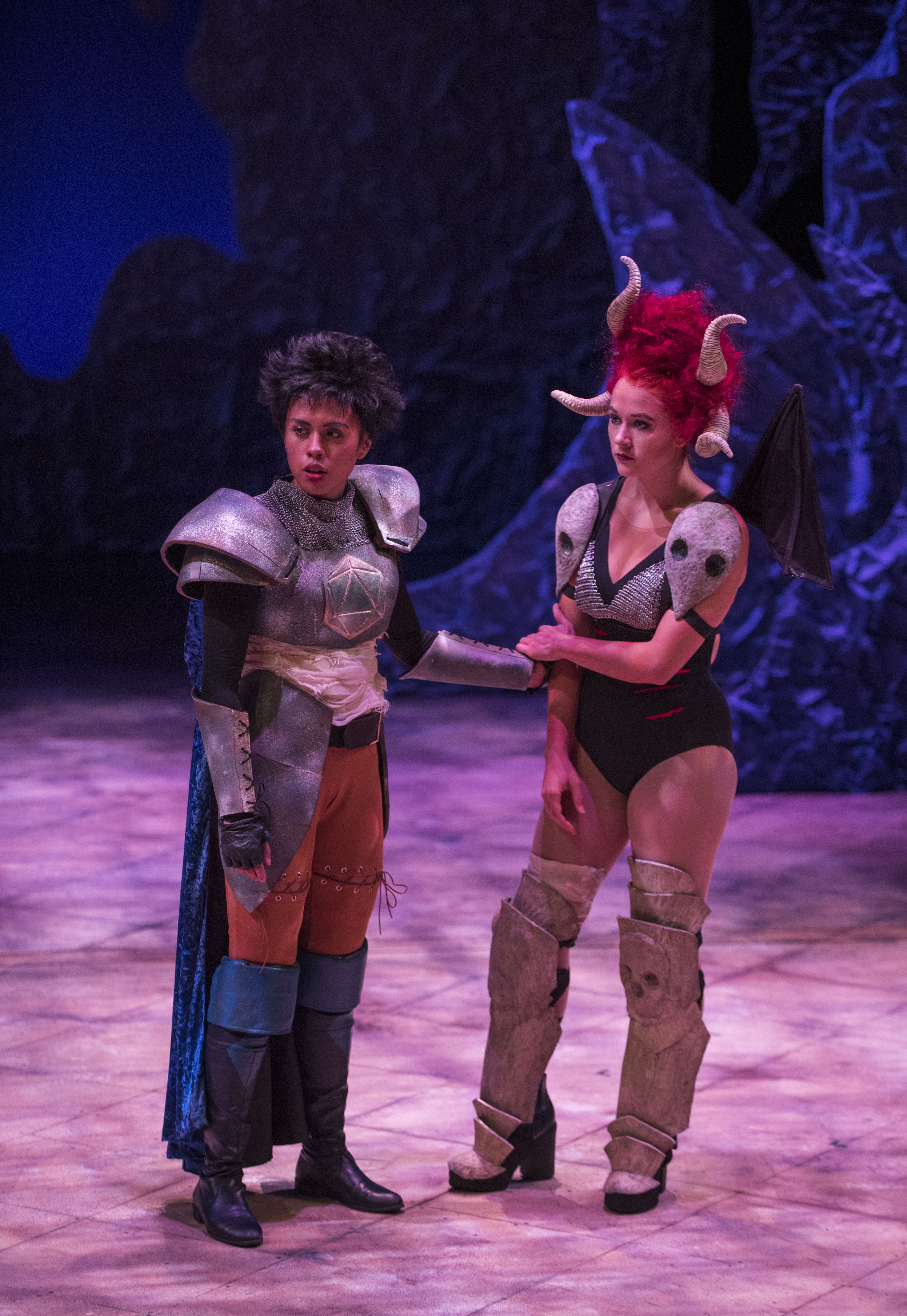
"She Kills Monsters", Wig Designer: Angela Mix, Wig Technician: Brett Rose, Photo Credit: Michael Brosilow
Get more information
Complete the form below to receive more information about this degree program.
If the form fails to load or displays incorrectly,
please fill out an
alternate form.